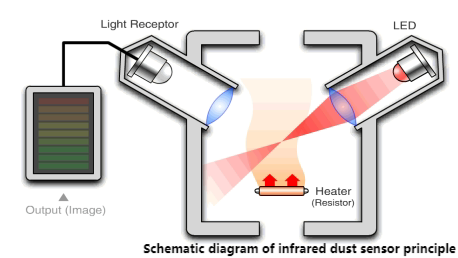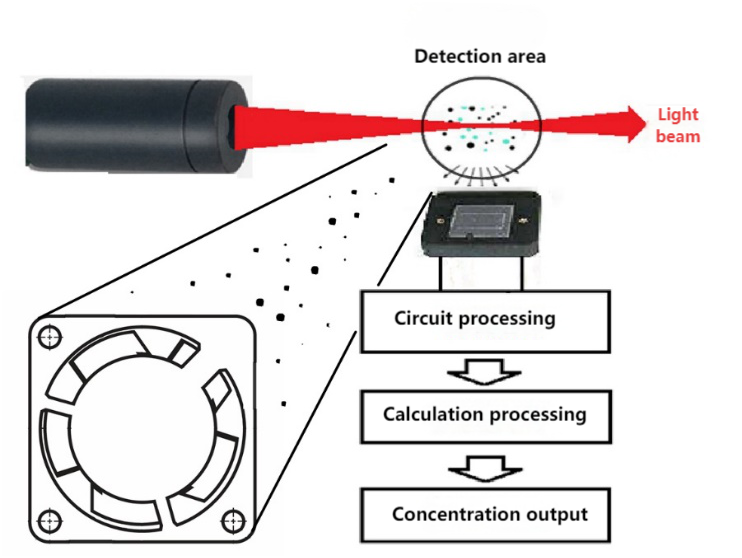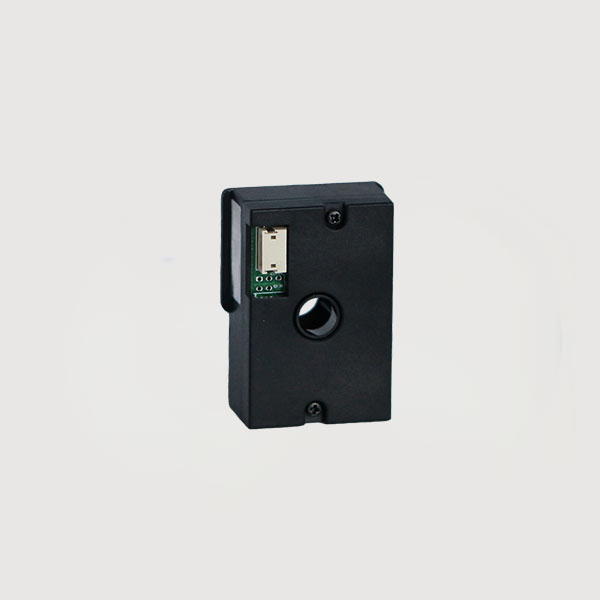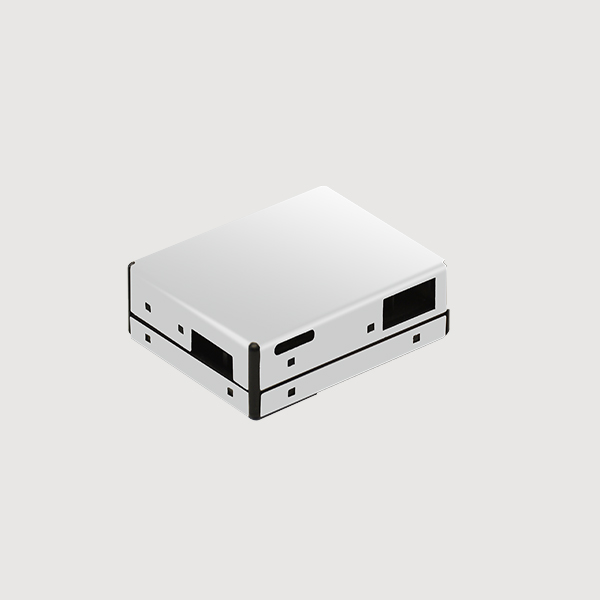

 News
News Industry News
Industry NewsWorking Principle of a PM2.5 Sensor
PM2.5 sensors, also known as dust sensors or particulate matter sensors, can be used to detect PM2.5 concentrations in the air. The mainstream PM2.5 sensors currently on the market are developed based on the principle of light scattering.
Particles scatter light when illuminated by light. When a parallel beam of light enters the particle field being measured, the particles scatter the light. A nearby photosensor converts the scattered light into an electrical signal, which is amplified and processed before being calculated and output by the MCU as the particle concentration.
This process is like turning on a flashlight in the dark. We detect many particles floating in the flashlight's beam. Our brain then determines whether the current particle concentration is high or low based on the number of particles in the beam. Finally, we verbally communicate this concentration to others.
In this process, the flashlight acts as the sensor's light-emitting element, the human eye acts as the sensor's photosensor, the brain acts as the signal processing and MCU calculation unit, and the verbal communication acts as the sensor's output unit.
The Main Differences Between Two Dust Sensors
There are two types of dust sensors based on light scattering: infrared PM2.5 sensors and laser PM2.5 sensors. What are the differences between these two types of dust sensors?
Infrared dust sensors primarily use infrared LEDs as light sources. The light they emit is infrared, resulting in a relatively broad beam and less accurate concentration measurement. Furthermore, infrared dust sensors typically use heating resistors to heat the air and create air flow. These components are relatively inexpensive and durable, so infrared dust sensors are relatively inexpensive. While their measurement accuracy is not high, they do have a relatively long lifespan. They are primarily used for industrial and mining dust monitoring, detecting large particles and high concentrations, and are unable to accurately measure PM2.5 concentrations.

Laser dust sensors primarily use laser LEDs as light-emitting elements. These typically emit red light with a thin beam, enabling more accurate concentration measurements. Laser dust sensors typically use a micro-fan to create air flow. To maintain a stable airflow, the fan's speed must be controlled, and the fan's operating noise requirements are relatively high. Compared to infrared dust sensors, the LEDs and heating resistors are significantly more expensive, resulting in higher precision and a higher price tag for laser dust sensors.

Tensensor's dust sensor overview
Tensensor's PM2.5 sensors include two categories: laser dust and infrared dust.
The main infrared dust sensor model is the TZH03, which offers both PWM and UART signal outputs and is primarily used in home purifiers and air conditioners.

The main model of laser dust sensor is TZJ06, which can detect the pm1.0, pm2.5, pm10 at the same time. It is widely used in dust detectors, purifiers, fresh air systems, smart homes, air conditioners and other fields.

When choosing a dust sensor, you need to consider many aspects, such as the use environment, detection requirements and cost control. If you don’t know how to choose, contact us to help you~
ShanXi TengXing Sensor Technology Co.,Ltd
Email:[email protected]
Website: www.tensensor.com
Tel/WhatsApp: +86 18335818384